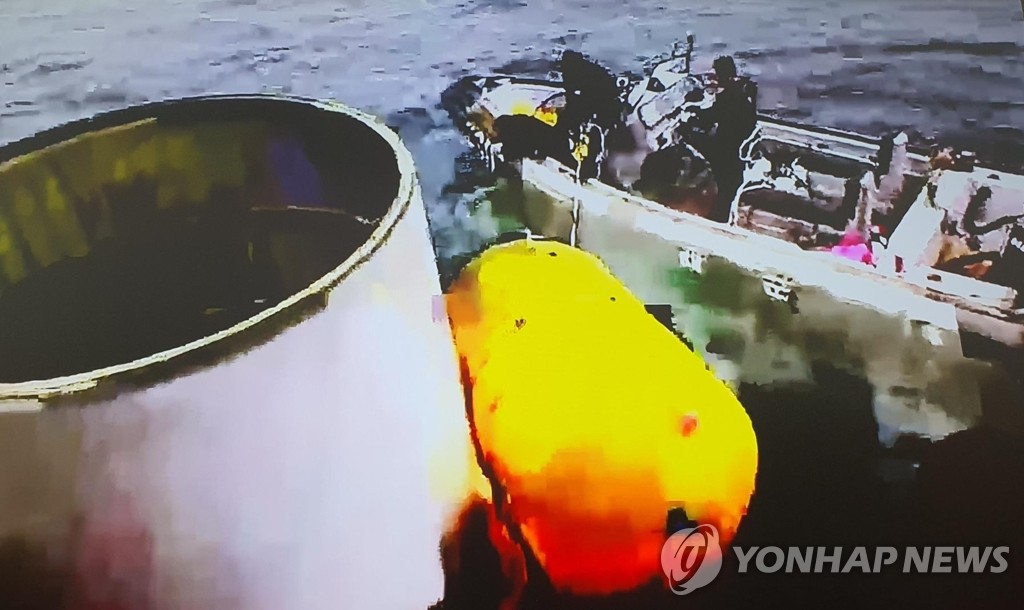- California Assembly OKs highest minimum wage in nation
- S. Korea unveils first graphic cigarette warnings
- US joins with South Korea, Japan in bid to deter North Korea
- LPGA golfer Chun In-gee finally back in action
- S. Korea won’t be top seed in final World Cup qualification round
- US men’s soccer misses 2nd straight Olympics
- US back on track in qualifying with 4-0 win over Guatemala
- High-intensity workout injuries spawn cottage industry
- CDC expands range of Zika mosquitoes into parts of Northeast
- Who knew? ‘The Walking Dead’ is helping families connect
N.K.’s space vehicle possibly had technical glitch from ‘excessive route change’: S. Korean spy agency
North Korea’s launch of a “space launch vehicle” may have failed due to a technical problem caused by “excessive change of the projectile’s route,” South Korea’s spy agency said Wednesday.
The National Intelligence Service (NIS) delivered this information during a briefing to the parliamentary intelligence committee.
Earlier in the day, Seoul’s Joint Chiefs of Staff said it detected the launch from Tongchang-ri on the North’s west coast at 6:29 a.m. The projectile then flew over the waters far west of the South’s border island of Baengyeong before falling into waters some 200 kilometers west of the southwestern island of Eocheong, it said.
The North confirmed the failure, saying its new “Chollima-1″ rocket carrying a military reconnaissance satellite, “Malligyong-1,” fell into the sea due to the “abnormal starting of the second-stage engine.”
“The NIS report suggested a technical glitch may have occurred because the projectile was set up to fly a route leaning toward the west but had to make an excessive change of route toward the east through lateral motion,” Rep. Yoo Sang-bum of the ruling People Power Party told reporters after the closed-door briefing.
The agency also cited the North’s premature launch as possibly being connected to the failure.
North Korea shortened the preparation period and fired its projectile from the launch center in Tongchang-ri, which has not been fully constructed, after South Korea successfully launched its homegrown space rocket Nuri last week, according to the NIS.
It also said North Korean leader Kim Jong-un is assumed to have observed the launch in person from a nearby place since vehicles and tents for spectators were identified near the observation deck, located 1.3 km away from the launch site.
The “Chollima-1″ rocket is assessed to be a new type of projectile using an engine for intercontinental ballistic missiles, while the “Malligyong-1″ is a 1.3 meter-long small low-orbit satellite weighing 300 kilograms that can only conduct basic reconnaissance activities, Yoo said.
The NIS was confirmed to have reported the firing was made at “a new launch site in Tongchang-ri.”
If the North proceeds with a second launch as it has announced, the agency said, it may change the location to a previously trusted site. The North’s official Korean Central News Agency said Pyongyang plans to conduct a second launch as soon as possible.
The NIS predicted it will take weeks for the North to fix the engine problems before attempting another launch but said the possibility of an early launch cannot be ruled out unless the defects are major.













